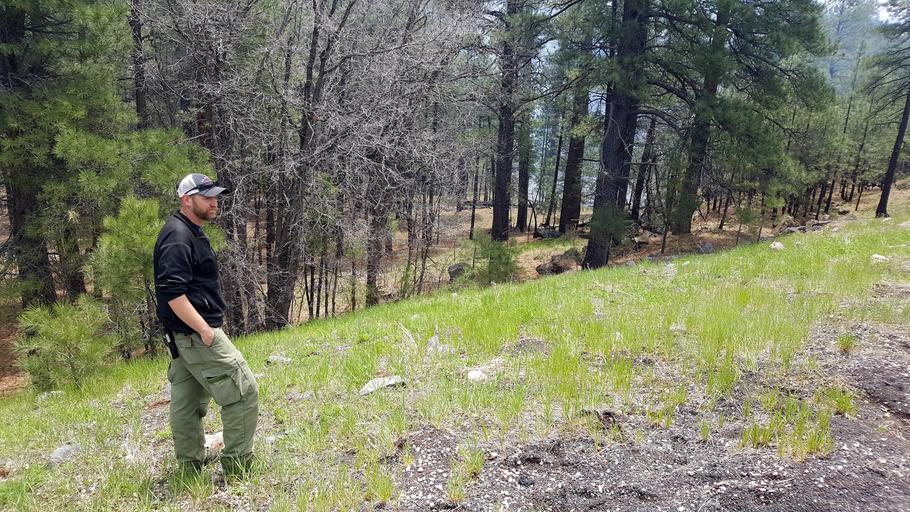MAKE A MEME
View Large Image

| View Original: | Cowboy_Fire_(May_18,_2016).jpg (5312x2988) | |||
| Download: | Original | Medium | Small | Thumb |
| Courtesy of: | www.flickr.com | More Like This | ||
| Keywords: coconino national forest coconinonationalforest fire wildfire managed fire managedfire managed wildfire managedwildfire arizona flagstaff cowboy fire cowboyfire outdoor Cowboy Fire. Andrew Hostad, Fire Prevention Supervisor Mormon Lake Work Center. Photo taken May 18, 2016 by George Jozens. Credit: USFS Coconino National Forest The Cowboy fire is on the east side of I-17 near milepost 331, approximately eight miles south of Flagstaff. The smoke is easily visible to motorists on the highway. Fire managers are actively monitoring the fire, and crews are working to ensure this fire remains inside the planned perimeter. Protecting life, property, and sensitive wildlife habitats are the highest priorities for the management of the fire. Fire managers are utilizing the lightning-caused Cowboy fire to benefit the landscape and maintain a healthy ecosystem by allowing fire to fulfill its natural role in the environment. The forest thrives on fires such as these that are low severity and creep across the forest floor. They reduce fuels and the risk of severe wildfire, create safer conditions for residents, the public and firefighters, and also restore wildlife habitat by stimulating understory vegetation growth. For current information on this fire, see inciweb.nwcg.gov/incident/4738/ Cowboy Fire. Andrew Hostad, Fire Prevention Supervisor Mormon Lake Work Center. Photo taken May 18, 2016 by George Jozens. Credit: USFS Coconino National Forest The Cowboy fire is on the east side of I-17 near milepost 331, approximately eight miles south of Flagstaff. The smoke is easily visible to motorists on the highway. Fire managers are actively monitoring the fire, and crews are working to ensure this fire remains inside the planned perimeter. Protecting life, property, and sensitive wildlife habitats are the highest priorities for the management of the fire. Fire managers are utilizing the lightning-caused Cowboy fire to benefit the landscape and maintain a healthy ecosystem by allowing fire to fulfill its natural role in the environment. The forest thrives on fires such as these that are low severity and creep across the forest floor. They reduce fuels and the risk of severe wildfire, create safer conditions for residents, the public and firefighters, and also restore wildlife habitat by stimulating understory vegetation growth. For current information on this fire, see inciweb.nwcg.gov/incident/4738/ | ||||